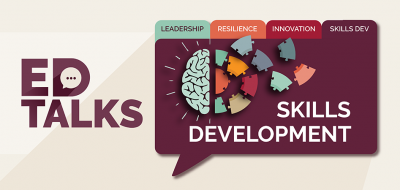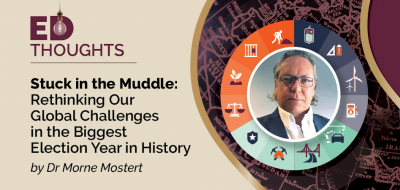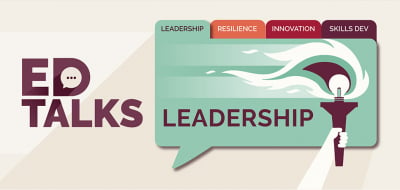In 2018, the buzzword for businesses was very much agility. This year, agility remains key but there’s also greater recognition of the three Cs: creativity, collaboration and communication. With rapid change being the new norm, it’s imperative that leaders define a guiding ‘north star’ (overarching purpose), with input and buy-in from their teams and an emphasis on cross-organisational cohesion that breaks down the traditional ‘silo’ approach and brings in digital leadership.
Top soft skills for leaders in 2019
To navigate the complexities of a time when LinkedIn’s top three ‘hard skills’ are cloud computing, artificial intelligence and analytical reasoning, leaders need to build on a transformational leadership style that nurtures the continuous learning of soft skills. Collaboration especially, is a ‘top soft skill’ for 2019. Creativity and persuasion also top the list. With digital technology, globalisation and innovation making big business impacts, teams are having to adopt an iterative approach that allows for ‘fast failure’ in order to generate quick solves. The key to this? Creativity, plus the ability to problem solve.
Top traits for leaders in Industry 4.0:
With all this in mind, here are our predictions for the top five leadership qualities you need to be an exceptional business leader in our digital age:
1. Be ‘Human’
This is Forbes’ biggest lesson for leaders in 2019. Leadership has changed and now the emphasis is firmly on nurturing a ‘culture of inclusivity and cooperation’. How to do that? By being human in your approach. Listen to your team members; know what’s happening in their personal and professional lives; be empathetic, supportive and insightful; and, most importantly, affirm individuals through continuous encouragement. Being human also means owning up to errors and avoiding laying blame.
2. Be self-aware
To manage people effectively, it’s imperative that you understand what effects your moods, attitudes and drives have on others. Self-awareness allows you to master your moods and project the best, most confident version of yourself to your team. The better you connect with yourself, the more effectively you’ll connect with others.
3. Collaborate, collaborate, collaborate
Gone are the days of silos, with each team member or department working in isolation. Now, it’s all about cross-departmental collaboration with all players cooperating cohesively. As a leader, you need to kick-start this by actively coordinating the business so that there’s interaction between all team members. Another big part of this is ensuring everyone feels comfortable participating. Again, this comes back to creating an inclusive culture that encourages different perceptions through transformational leadership.
With digital technology, globalisation and innovation making big business impacts, teams are having to adopt an iterative approach that allows for ‘fast failure’ in order to generate quick solves. The key to this? Creativity, plus the ability to problem solve.
4. Be creative
This is LinkedIn’s top skill for 2019 and it’s also the third most in-demand skill in the World Economic Forum’s Future of Jobs report. As a leader, you need to get creative with your design thinking, people- and change management, scenario planning and future forecasting. But you also don’t need to do this on your own. A big part of leadership is recognising and encouraging the creativity in others. To do so, you have to create a space where people feel safe sharing their ideas.
5. Be a bastion of morality
With corruption scandals rampant around the world, ethical businesses are highly prized. Consumers are looking to brands to be bastions of morality and to make a sustained positive difference to the communities they operate in. As a leader, you need to lead this, which means being spotless in your own ethics and championing causes you care about.
Make 2019 the year you take your leadership to the next level. We offer a vast range of leadership and executive development courses that’ll help you master the traits that’ll hone your leadership in the digital age.
written by





